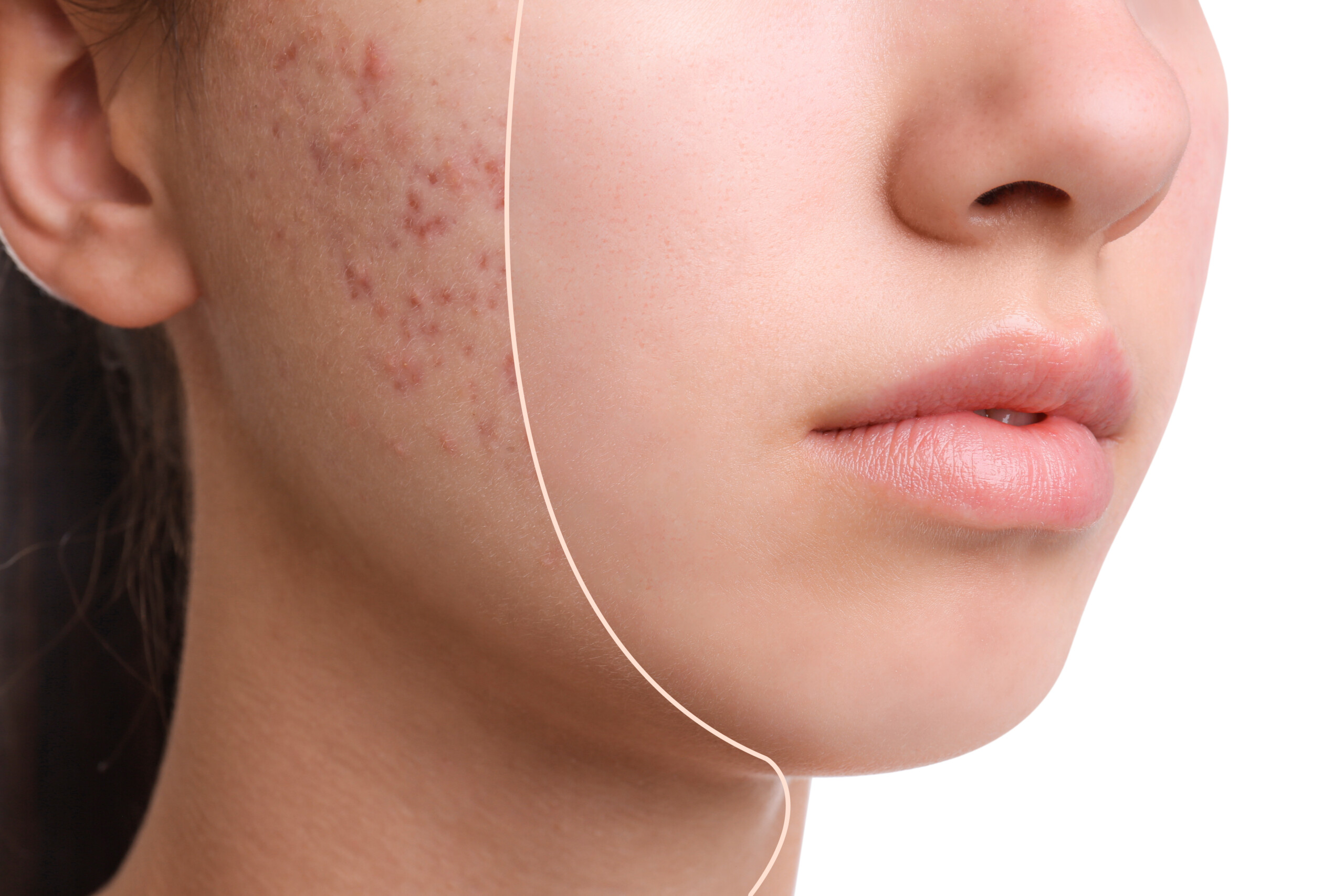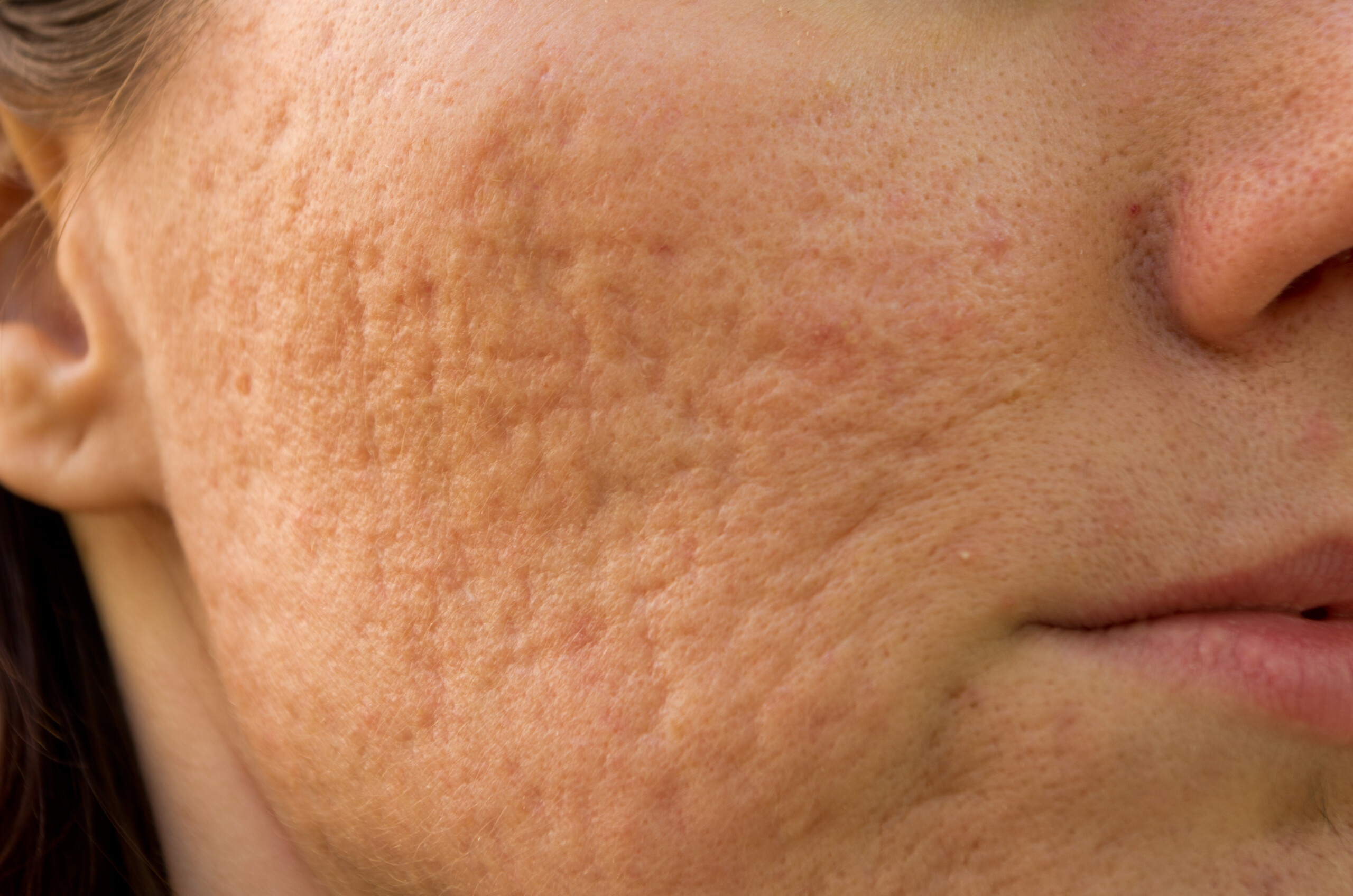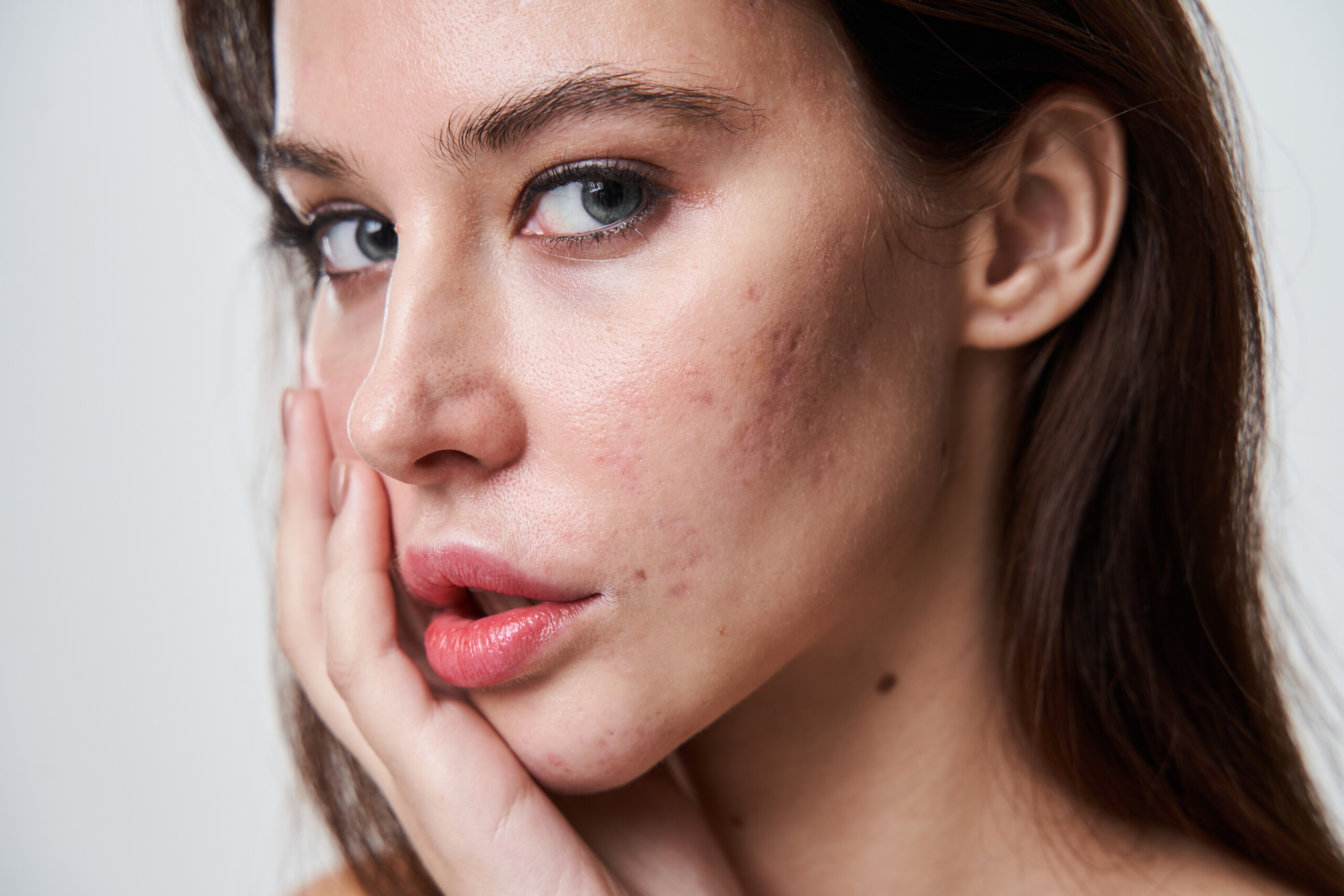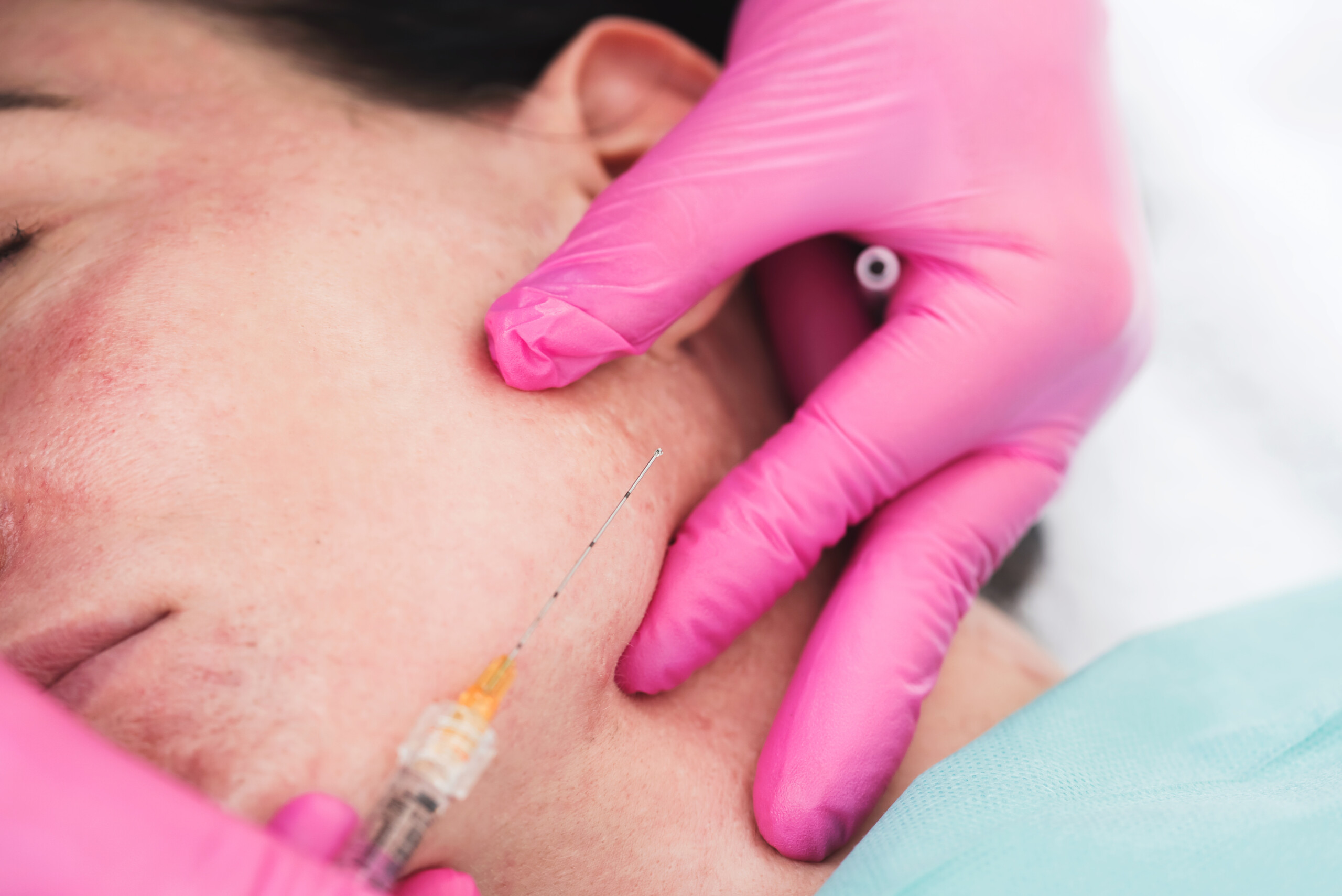Is your acne scarring affecting your self-confidence? Have you erased your complexion of acne, but now find yourself hating the scars left behind? Are you struggling to cover up uneven skin texture with makeup? Do you long for the smooth skin surface you once had?
You’re not alone – so many people have this same issue and are looking for a way to regain their touchable, even skin texture and leave their acne scarring behind.
That’s why we offer multiple treatments for acne scarring, including Dermal Filler for Acne Scars.
Dermal filler can work wonders to restore an even skin surface and texture, eradicating the appearance of bumpy skin that comes with the pitting caused by acne scars.
We understand how deep the negative impact of acne scarring can be on a person’s self-esteem, confidence and mental health. It can pose a limitation on your lifestyle, with some people too self-conscious to be social, pose in photos with friends, and enjoy their life to the fullest.
Acne scarring treatment is something in which we have experience and expertise at Contour Clinics. Your clinician will carefully plan, 3D-photograph and document a bespoke treatment plan suited to your unique scarring.
If your concerns include pitting caused by acne scarring, then Dermal Filler for Acne Scars could be the ideal solution for you.





























